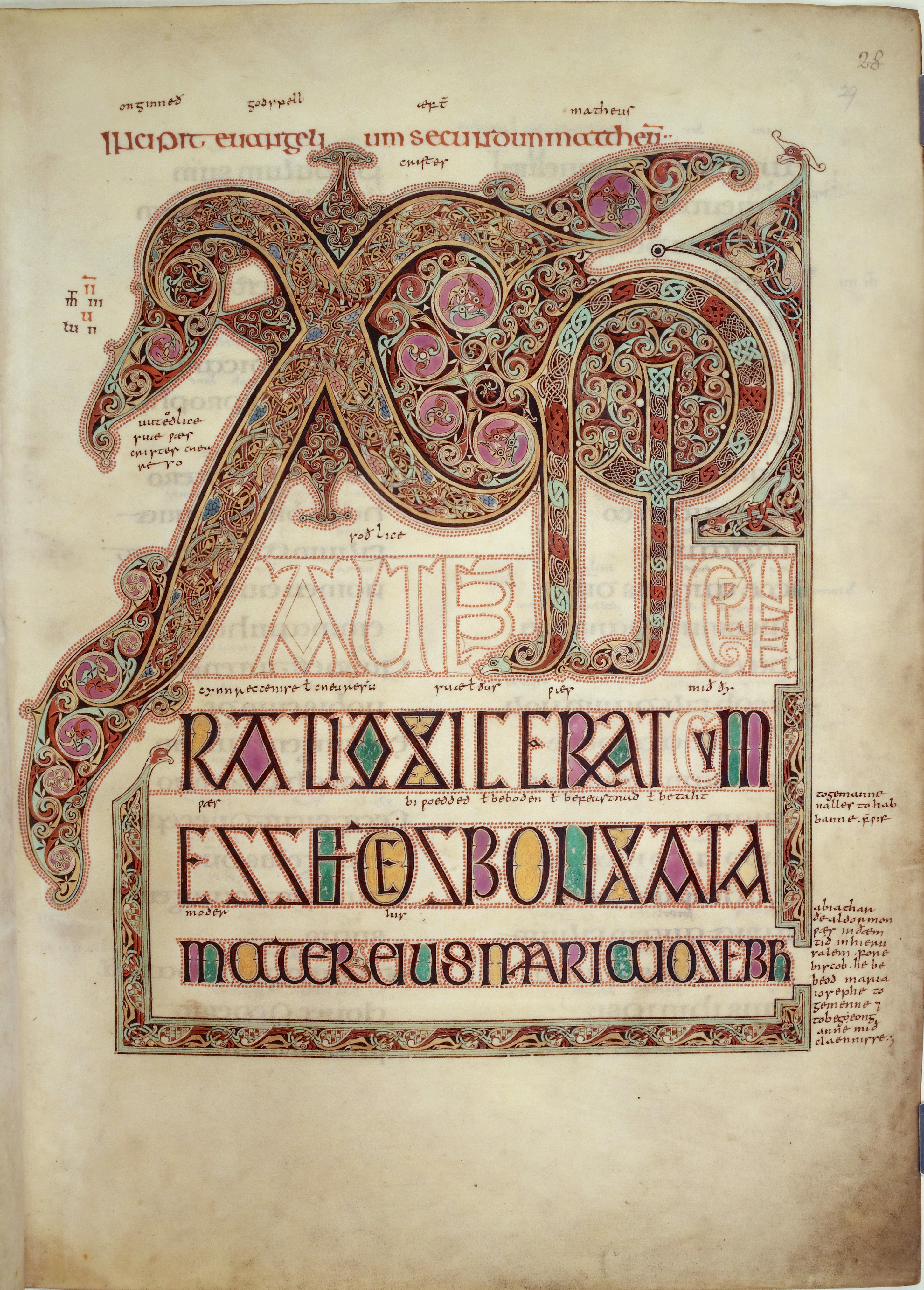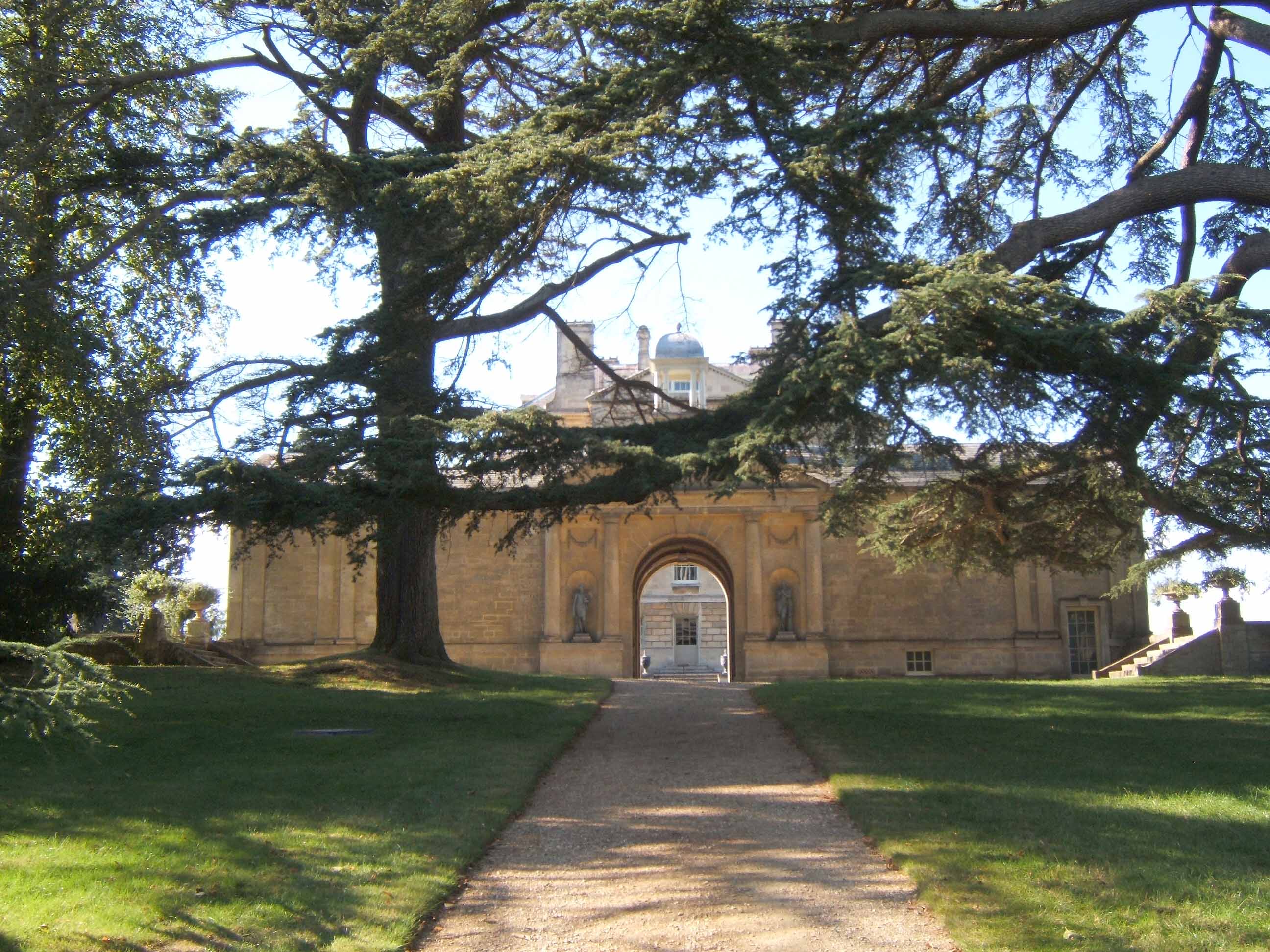|
Church Of All Saints, Orpington
The Church of All Saints is a Grade II* listed church in Orpington, Bromley, London. History The old part of the church dates back to the Anglo-Saxon The Anglo-Saxons were a Cultural identity, cultural group who inhabited England in the Early Middle Ages. They traced their origins to settlers who came to Britain from mainland Europe in the 5th century. However, the ethnogenesis of the Anglo- ... period in 1070. In 1957, a new church was built according to the design of Geddes Hislop, and the extensively renovated old church became an annex of the new church. File:All Saints Church - geograph.org.uk - 1232337.jpg File:All Saints, Bark Hart Road - geograph.org.uk - 2340742.jpg File:All Saints, Orpington, datestone - geograph.org.uk - 3668401.jpg, All Saints datestone File:All Saints, Orpington, south end - geograph.org.uk - 3668396.jpg, South end References External links All Saints', the Parish Church of Orpington Church of England {{coord, 51.37786, 0.10592, ... [...More Info...] [...Related Items...] OR: [Wikipedia] [Google] [Baidu] |
Grade II* Listed
In the United Kingdom, a listed building or listed structure is one that has been placed on one of the four statutory lists maintained by Historic England in England, Historic Environment Scotland in Scotland, in Wales, and the Northern Ireland Environment Agency in Northern Ireland. The term has also been used in the Republic of Ireland, where buildings are protected under the Planning and Development Act 2000. The statutory term in Ireland is " protected structure". A listed building may not be demolished, extended, or altered without special permission from the local planning authority, which typically consults the relevant central government agency, particularly for significant alterations to the more notable listed buildings. In England and Wales, a national amenity society must be notified of any work to a listed building which involves any element of demolition. Exemption from secular listed building control is provided for some buildings in current use for wor ... [...More Info...] [...Related Items...] OR: [Wikipedia] [Google] [Baidu] |
Orpington
Orpington is a town and area in south east London, England, within the London Borough of Bromley. It is 13.4 miles (21.6 km) south east of Charing Cross. On the south-eastern edge of the Greater London Built-up Area, it is south of St Mary Cray, west of Ramsden, north of Goddington and Green Street Green, and east of Crofton and Broom Hill. Orpington is covered by the BR postcode area. It is identified in the London Plan as one of 35 major centres in Greater London. History Stone Age tools have been found in several areas of Orpington, including Goddington Park, Priory Gardens, the Ramsden estate, and Poverest. Early Bronze Age pottery fragments have been found in the Park Avenue area. During the building of Ramsden Boys School in 1956, the remains of an Iron Age farmstead were excavated. The area was occupied in Roman times, as shown by Crofton Roman Villa and the Roman bath-house at Fordcroft. During the Anglo-Saxon period, Fordcroft Anglo-Saxon cemetery wa ... [...More Info...] [...Related Items...] OR: [Wikipedia] [Google] [Baidu] |
Bromley
Bromley is a large town in Greater London, England, within the London Borough of Bromley. It is south-east of Charing Cross, and had an estimated population of 87,889 as of 2011. Originally part of Kent, Bromley became a market town, chartered in 1158. Its location on a coaching route and the opening of a railway station in 1858 were key to its development and the shift from an agrarian village to an urban town. As part of the suburban growth of London in the 20th century, Bromley significantly increased in population and was incorporated as a municipal borough in 1903 and became part of the London Borough of Bromley in 1965. Bromley today forms a major retail and commercial centre. It is identified in the London Plan as one of the 13 metropolitan centres of Greater London. History Bromley is first recorded in an Anglo-Saxon charter of 862 as ''Bromleag'' and means 'woodland clearing where broom grows'. It shares this Old English etymology with Great Bromley in eastern ... [...More Info...] [...Related Items...] OR: [Wikipedia] [Google] [Baidu] |
London
London is the capital and List of urban areas in the United Kingdom, largest city of England and the United Kingdom, with a population of just under 9 million. It stands on the River Thames in south-east England at the head of a estuary down to the North Sea, and has been a major settlement for two millennia. The City of London, its ancient core and financial centre, was founded by the Roman Empire, Romans as ''Londinium'' and retains its medieval boundaries.See also: Independent city#National capitals, Independent city § National capitals The City of Westminster, to the west of the City of London, has for centuries hosted the national Government of the United Kingdom, government and Parliament of the United Kingdom, parliament. Since the 19th century, the name "London" has also referred to the metropolis around this core, historically split between the Counties of England, counties of Middlesex, Essex, Surrey, Kent, and Hertfordshire, which largely comprises Greater London ... [...More Info...] [...Related Items...] OR: [Wikipedia] [Google] [Baidu] |
Anglo-Saxons
The Anglo-Saxons were a cultural group who inhabited England in the Early Middle Ages. They traced their origins to settlers who came to Britain from mainland Europe in the 5th century. However, the ethnogenesis of the Anglo-Saxons happened within Britain, and the identity was not merely imported. Anglo-Saxon identity arose from interaction between incoming groups from several Germanic tribes, both amongst themselves, and with indigenous Britons. Many of the natives, over time, adopted Anglo-Saxon culture and language and were assimilated. The Anglo-Saxons established the concept, and the Kingdom, of England, and though the modern English language owes somewhat less than 26% of its words to their language, this includes the vast majority of words used in everyday speech. Historically, the Anglo-Saxon period denotes the period in Britain between about 450 and 1066, after their initial settlement and up until the Norman Conquest. Higham, Nicholas J., and Martin J. Ryan. ''The An ... [...More Info...] [...Related Items...] OR: [Wikipedia] [Google] [Baidu] |
Geddes Hyslop
Charles Geddes Clarkson Hyslop (29 December 1900''1939 England and Wales Register'' – 13 November 1988)''England & Wales, Civil Registration Death Index, 1916-2007'' was a 20th-century British architect, trained at the British School in Rome. Linked with the Bloomsbury set, his work, mostly in the classical style, was fashionable amongst the British upper classes and intelligentsia in the years immediately surrounding World War II. He is remembered today as a restorer of country houses and a designer of knowledgeable pastiches. Architecture Hyslop began his architectural career during the early 1930s. His connections with the Bloomsbury Set and a circle of friends, which included such Victoria Sackville-West, Harold Nicolson and James Lees-Milne, ensured his access to the leading society patrons and aesthetes of the day. One of his earliest works, in 1933, was on the St. Helier estate, a new planned community, extending Morden, Surrey to the south and east. Geddes desi ... [...More Info...] [...Related Items...] OR: [Wikipedia] [Google] [Baidu] |
Grade II* Listed Buildings In The London Borough Of Bromley
There are over 9,000 Grade I listed buildings and 20,000 Grade II* listed buildings in England. This page is a list of these buildings in the London Borough of Bromley The London Borough of Bromley () is the southeasternmost of the London boroughs that make up Greater London, bordering the ceremonial county of Kent, which most of Bromley was part of before 1965. The borough's population is an estimated 332,33 .... Grade I :''† on Islands and on land facing the Lower Lake'' Grade II* Notes External links * * {{DEFAULTSORT:Bromley Lists of Grade I listed buildings in London Lists of Grade II* listed buildings in London ... [...More Info...] [...Related Items...] OR: [Wikipedia] [Google] [Baidu] |
Tourist Attractions In The London Borough Of Bromley
Tourism is travel for pleasure or business; also the theory and practice of touring, the business of attracting, accommodating, and entertaining tourists, and the business of operating tours. The World Tourism Organization defines tourism more generally, in terms which go "beyond the common perception of tourism as being limited to holiday activity only", as people "travelling to and staying in places outside their usual environment for not more than one consecutive year for leisure and not less than 24 hours, business and other purposes". Tourism can be domestic (within the traveller's own country) or international, and international tourism has both incoming and outgoing implications on a country's balance of payments. Tourism numbers declined as a result of a strong economic slowdown (the late-2000s recession) between the second half of 2008 and the end of 2009, and in consequence of the outbreak of the 2009 H1N1 influenza virus, but slowly recovered until the COVID-19 ... [...More Info...] [...Related Items...] OR: [Wikipedia] [Google] [Baidu] |


.jpg)


